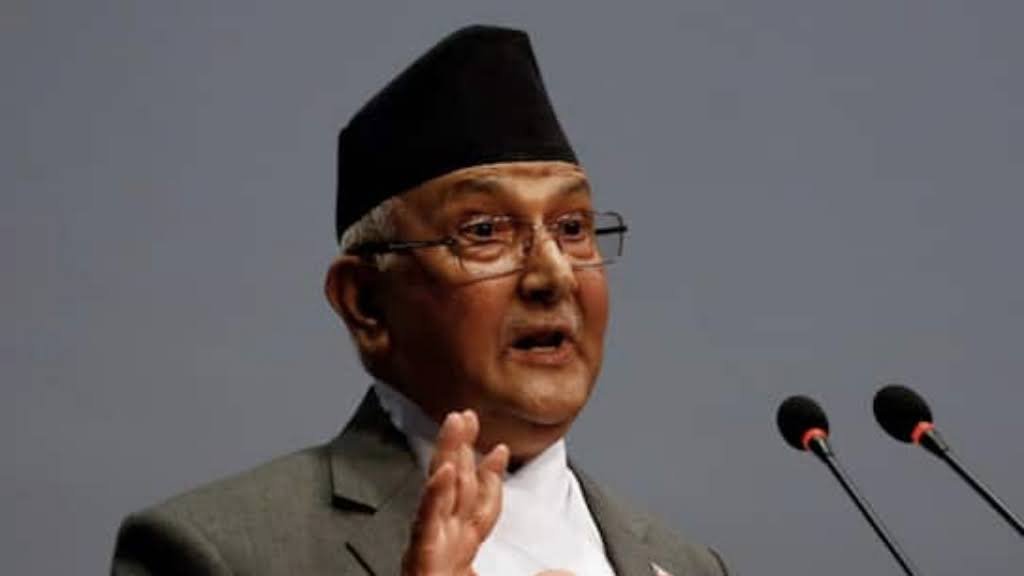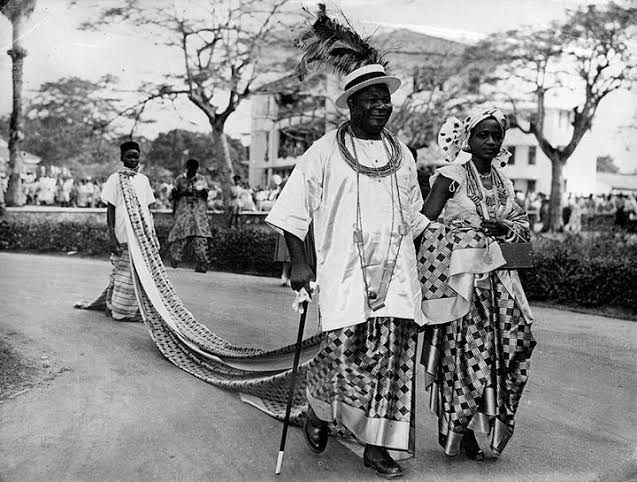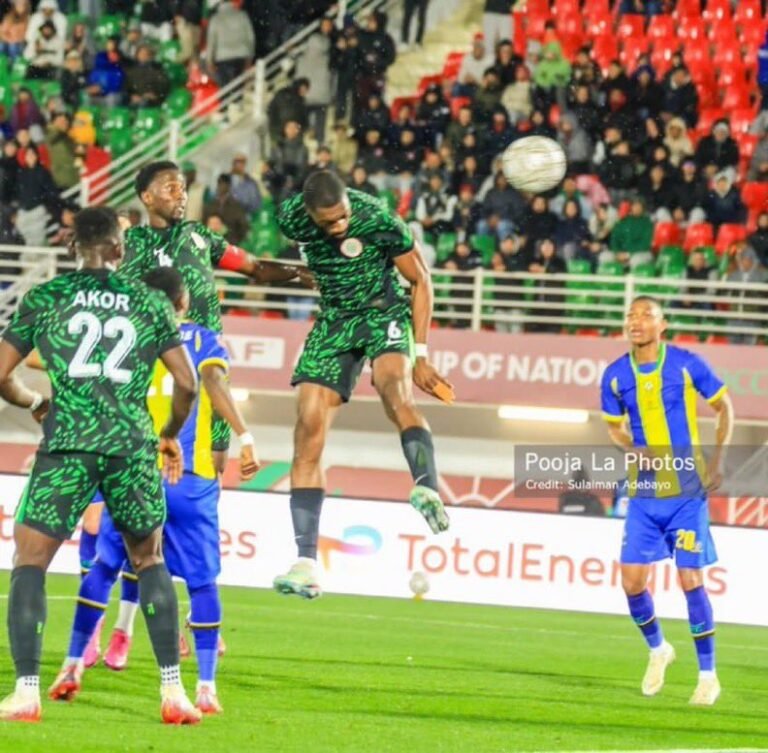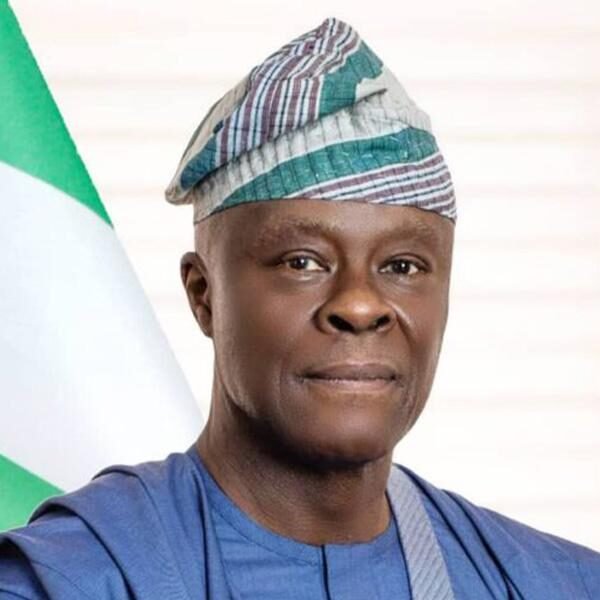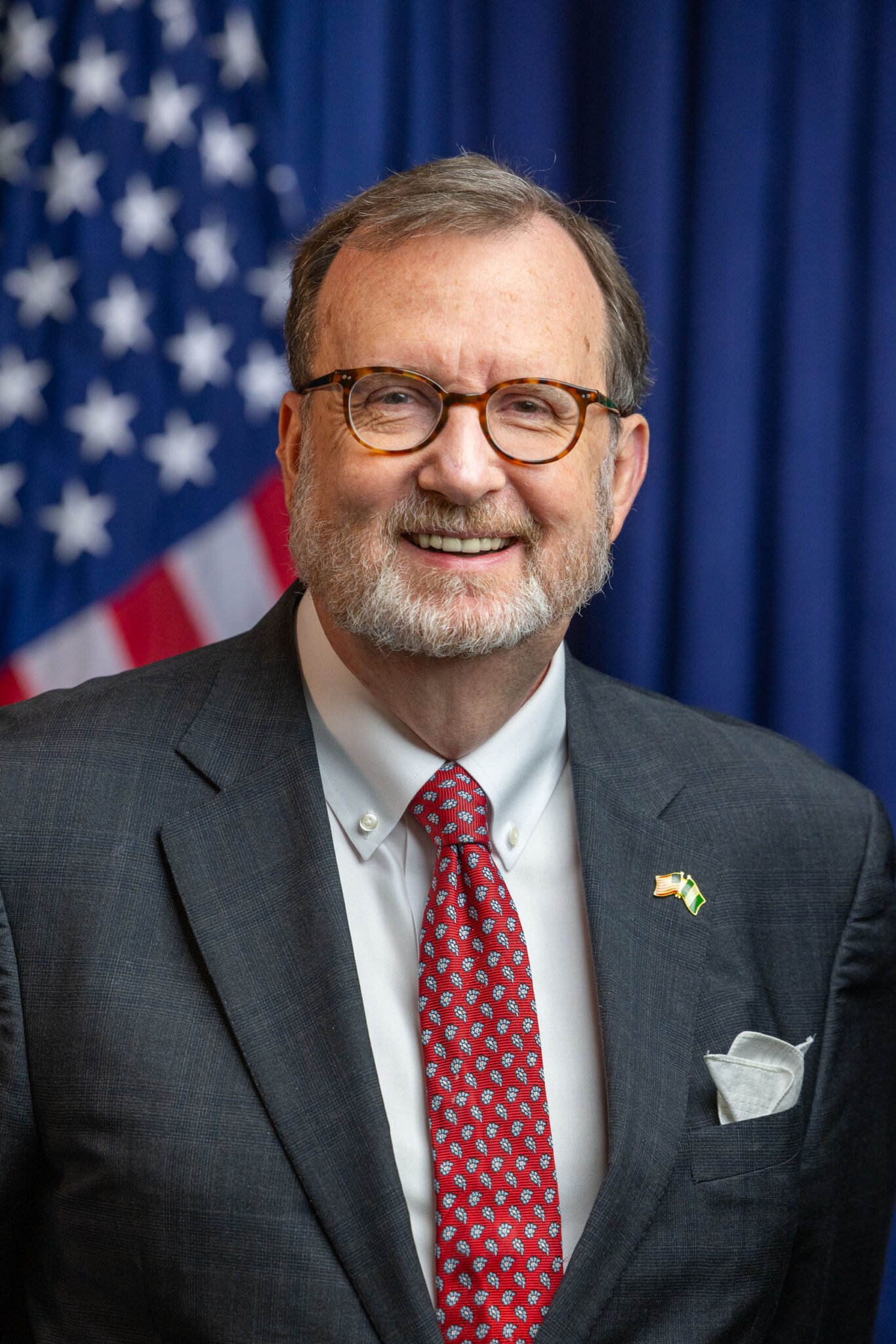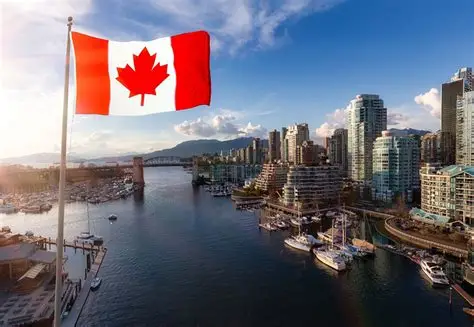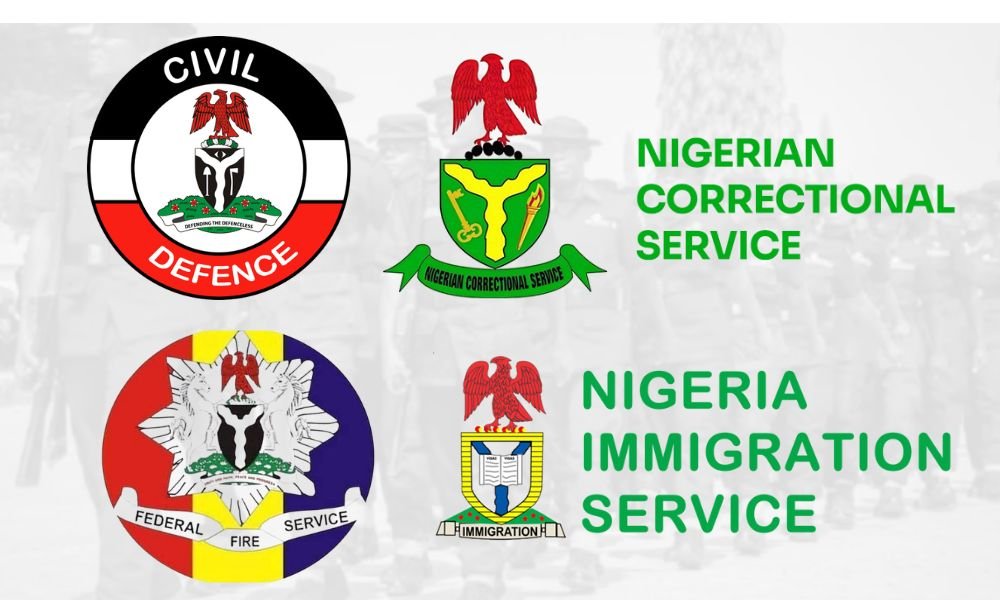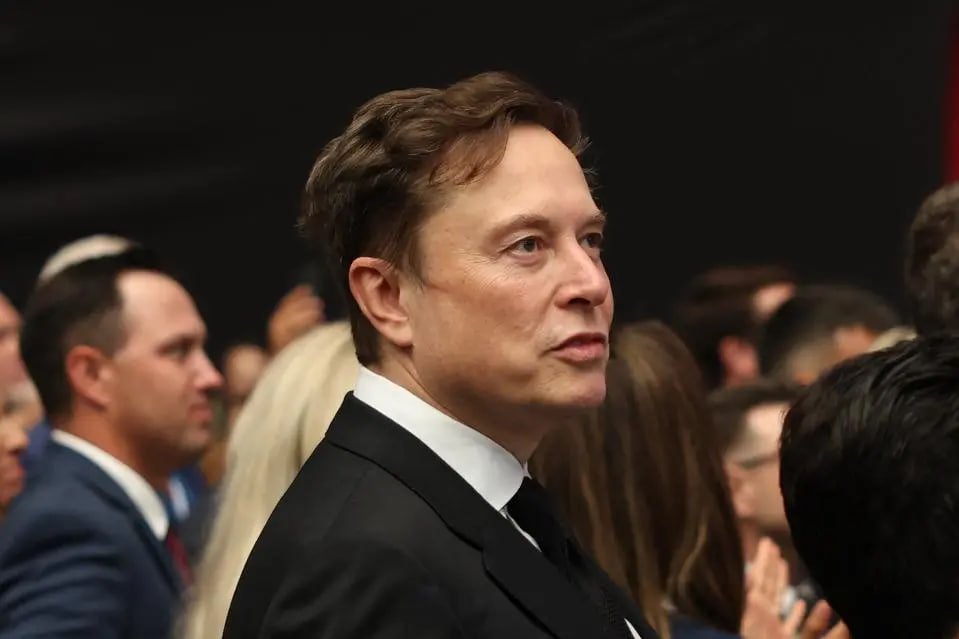In Nepal, widespread anti-government protests driven by allegations of corruption have intensified, culminating in significant unrest across the capital, Kathmandu.
On September 8, demonstrators, primarily students, took to the streets, demanding the resignation of Prime Minister KP Sharma Oli and action against systemic corruption. The protests turned violent, with clashes between protesters and police resulting in at least 19 deaths and over 100 injuries on Monday, according to reports.
Amnesty International noted the use of live ammunition against demonstrators, raising concerns about excessive force.
Also Read:
Protesters also targeted the homes of prominent political figures, including former Prime Minister Sher Bahadur Deuba, whose residence in Dhangadhi was vandalized and set ablaze.
Despite an indefinite curfew in the Kathmandu Valley, demonstrators continued their actions, hurling stones and setting fires at properties linked to political leaders.
Social Media Ban and Public Outrage
The unrest was initially sparked by a government decision to ban 26 social media platforms, including Facebook and YouTube, on Friday.
This move followed a viral online campaign highlighting the lavish lifestyles of politicians’ children amid widespread economic struggles, dubbed the “nepo kid” campaign.
The ban fueled public anger, as it was perceived as an attempt to suppress criticism of government corruption. On Monday evening, the government reversed the ban, but protests continued unabated, reflecting deep-seated frustration with the political establishment.
Prime Minister’s Resignation
On Tuesday, September 9, Prime Minister KP Sharma Oli announced his resignation, citing the need for a “political solution” to address the ongoing crisis.
Oli, who began his fourth term in 2024 leading a coalition government between his Communist Party and the Nepali Congress, faced mounting pressure due to the deadly crackdown and public dissatisfaction.
In his resignation letter to the president, Oli emphasized resolving the country’s challenges, though specific details on the transition remain unclear.
Underlying Causes of Unrest
Nepal, a Himalayan nation of 30 million, has faced persistent political instability since becoming a federal republic in 2008, following a decade-long civil war and the abolition of the monarchy. Frequent changes in leadership and allegations of political horse-trading have eroded public trust.
Economic challenges exacerbate these tensions, with unemployment around 10% and a GDP per capita of approximately $1,447, according to World Bank data.
Nearly 43% of the population is aged 15–40, a demographic increasingly vocal about economic stagnation and corruption.
The “nepo kid” campaign, which gained traction on platforms like TikTok (which remained unblocked), contrasted the struggles of ordinary Nepalis with the extravagant lifestyles of politicians’ families, further fueling public outrage.
Ongoing Developments
The situation in Nepal remains volatile, with protests continuing despite the lifting of the social media ban and Oli’s resignation.
Authorities have struggled to enforce curfews, and the targeting of political leaders’ properties signals deep public discontent.
As Nepal navigates this crisis, questions remain about the path forward for political stability and addressing systemic issues like corruption and economic inequality.

